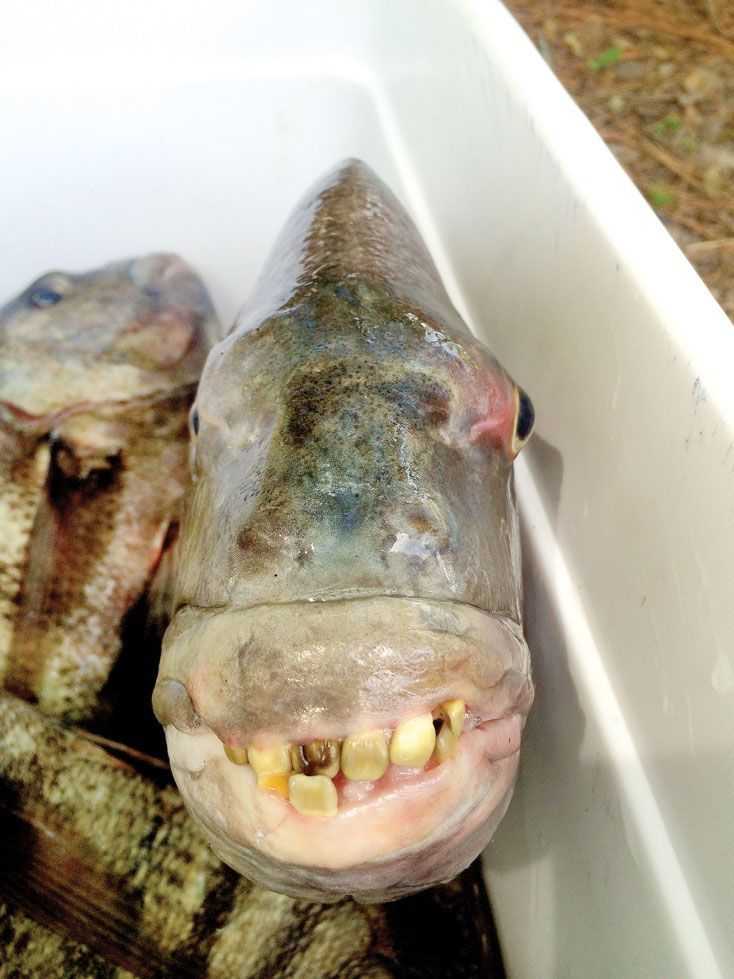More Than The Catch
Robert Wiggers
A Fish Named “Sheepshead”
A great analogy exists between the fish named “sheepshead” and a song by Johnny Cash called “A Boy Named Sue.” The song tells of a father who can’t be there for his son, so he gives him the name “Sue” believing that the harassment the boy will receive for having such a feminine name will force him to “grow up tough or die.” In the world of fish, to be a “sheepshead,” you would have to be tough. And as many sheepshead anglers can attest, they certainly live up to that reputation.
Sheepshead don’t seem to get the credit they deserve. Maybe it’s because they can be such a frustrating fish to try and catch, and many anglers simply choose to avoid the aggravation. Of course sheepshead don’t crush topwater artificials or make long, blistering runs. Their personality is more that of a stubborn bar brawler than a tactical prize fighter. Nevertheless, for the diehard sheepshead angler the pursuit can border on obsession.
Just about anybody can learn to catch sheepshead. Fish around pilings or rocks that are encrusted with barnacles, using fiddler crabs, and with a little practice you are likely to be successful. These fish are typically small, in the 1- to 2-pound range. Consistently catching 6- to 8-pound fish can be more challenging, and herein lies the true appeal. Big sheepshead, like any other large, mature fish, adapt differently to their environment and take fewer chances than smaller fish. Fooling these larger fish requires more thought and patience.
Understanding the diet of sheepshead is the key to catching the larger fish. Consider first their teeth, which at first glance closely resemble those of humans. These incisor-like teeth, located on both sides of the front of the jaw, are designed for crushing the shells of clams, oysters and mussels. Because the teeth of juvenile fish are not as well developed, their diet tends to consist more of small crabs and fish. Fiddler crabs are the most widely used bait for catching sheepshead, but ask any angler who consistently catches big sheepshead and they will tell you the most effective baits are clams, mussels and oysters. Here is where patience comes into play. You are going to get fewer bites as compared to fishing with fiddler crabs, but the bites are usually from quality fish.
The coastal waters of South Carolina support a healthy sheepshead population and thanks to proactive management the productive fishery should continue, and even improve. In 2012 sheepshead were removed from the Federal Snapper-Grouper complex, leaving management of the species to the discretion of the State. The South Carolina Department of Natural Resources opted for a 14-inch total length size limit and a 10 fish per person bag limit not to exceed 30 fish per boat per day.
October is one of the best months to catch sheepshead in South Carolina. If you are one of those anglers who may have packed up their gear for the season or even taken to the woods to pursue other quarry, consider giving sheepshead fishing a shot.
[easy-social-share]
